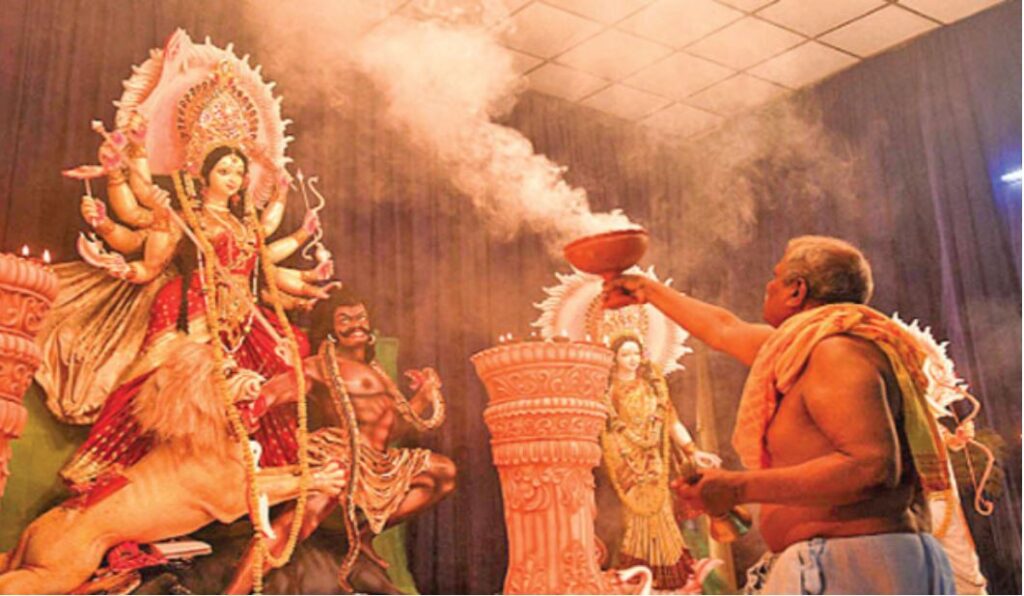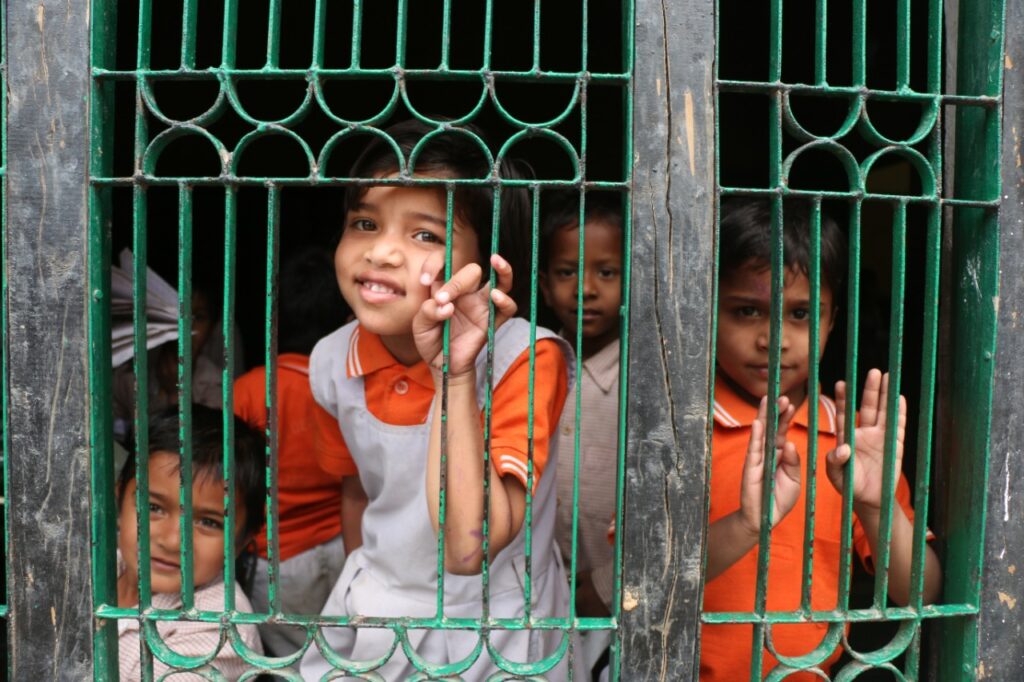By – Kamalika Ghosh
So odd is this year that Mahalaya – which marks the beginning of Durga’s journey from Kailash to her father’s home, the earth – arrived a month before Pujo. In non-dystopic years, it falls 10-15 days ahead of Pujo. Probably, Durga too, along with her children, had to quarantine themselves before reaching the earth this year
It’s a strange relationship Bengalis have with their biggest festival. There’s something about this time of the year, that pulls the staunchest of non-believers too to their locality pandals.
Maybe it’s because the festival has less of the exacting demands of reverence, and is more of a carnival that brings people together, to raise a toast to all that is good in life.
Growing up in Calcutta and living half my life there, I have grown averse to the 4 days of revelry because of a personal dislike for crowds. But the beauty of this time is that even if one chooses to remain scooped up at home all the four days to avoid the crushing traffic, there’s something in the overall feel of the city that can be soaked in as you sit doing nothing at all.
It’s impossible to explain it to those who haven’t experienced it.
This year, though, doesn’t count. There is no festive feels. That familiar warmth in the autumn air isn’t there.
But what remains unchanged is the relationship Bengalis have with their favourite goddess. She’s the daughter who’s visiting her parents. And so when it’s time to bid adieu, the heart sinks – even of the non-believers.
Every Bijoya, I used to silently tell the beautiful goddess it was great catching up with you after a whole year, over some great food and good drinks.
All the visitors would be back home during this time of the year. And while all of us friends sat and discussed how the city never changed despite all the changes over the years, I wondered at times what Durga would have to say about her hometown too. After all, she has seen the city since the oldest of times.
Pujo meant such heart-to heart discussions on absolutely frivolous topics with women who, on other days, take on the world with exactly Durga’s ferocity. Women who have loved and lost and have continued living. Women who nurture the future generations with the love of mothers, without themselves being one.
And some others who nurse old parents like full-time mothers. I wondered always where they got all that strength from? Some others still, jostling a hostile corporate world to scale the heights which their male colleagues seem to effortlessly achieve.
You see, we all grew up in Durga’s image. So many women, so many faces, various different struggles – but all made in the image of one woman.
I have had a strange relationship with divinity or religion. Not a believer in what we understand as religion, but the shakti that is worshipped during Durga Puja, always drew me. Not in the reverential way, but by it’s enigma – as a child I never understood this strength. And I still struggle to.
I don’t revere Durga. Never have. Durga is one of the many women I meet everyday. And I felt the same sadness on her departure every year, as I did when I had to leave behind friends and family to be back to the city of my work.
They are not Durga. Durga is each one of them.
The writer is a Delhi based journalist.





